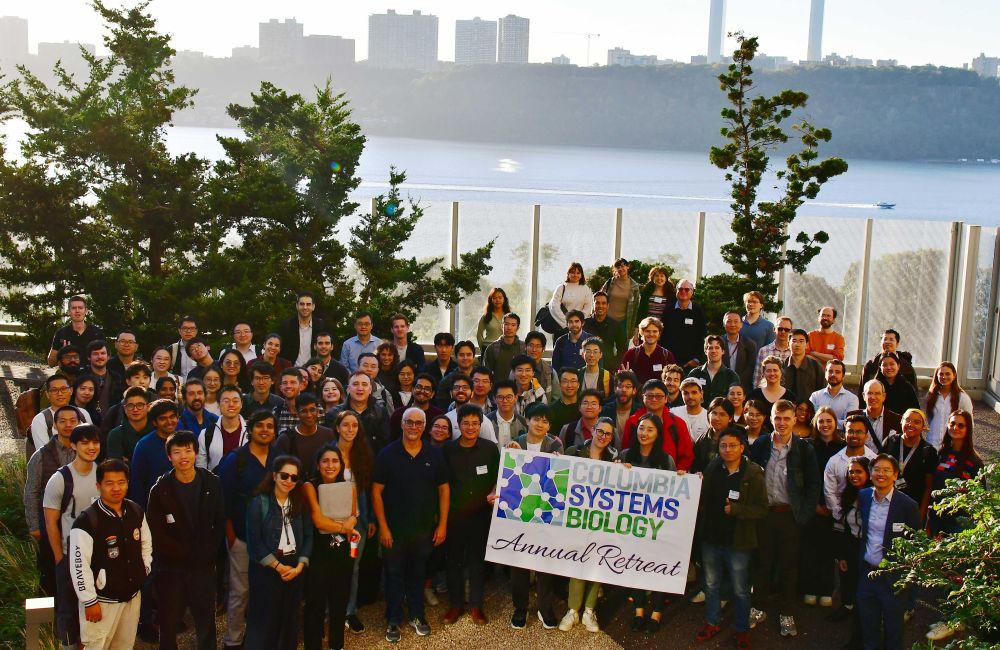
Still thinking about the 10^9 mutations generated in your microbiome today.
Website: http://lieberman.science

Anyone who’s tried deleting prophages in the lab by HR knows the difficulties of the task. Here we have an example of how HR-mediated natural transformation might hit the same hurdle in a more native context.
academic.oup.com/mbe/article/...

Anyone who’s tried deleting prophages in the lab by HR knows the difficulties of the task. Here we have an example of how HR-mediated natural transformation might hit the same hurdle in a more native context.
academic.oup.com/mbe/article/...





www.science.org/doi/10.1126/...

www.science.org/doi/10.1126/...



Story by @taracopp.bsky.social and @michelleboorstein.bsky.social.
Read here: www.washingtonpost.com/national-sec...

Story by @taracopp.bsky.social and @michelleboorstein.bsky.social.
Read here: www.washingtonpost.com/national-sec...
If you're a person of influence in this country and you haven't picked a side, maybe now would be the time to pick a fucking side.
If you're a person of influence in this country and you haven't picked a side, maybe now would be the time to pick a fucking side.
@contaminatedsci.bsky.social
📝 keysym.us/KSMicrobiome26
🎥 youtu.be/MMb_ammY6i4
#KSMicrobiome26 #microbiome #humanmicrobiome

@contaminatedsci.bsky.social
📝 keysym.us/KSMicrobiome26
🎥 youtu.be/MMb_ammY6i4
#KSMicrobiome26 #microbiome #humanmicrobiome
When we trick LLMs with secret #RStats transformations, they can miss the visual contradiction.
bluffbench helps us measure this "blind spot" in AI coding agents. Learn more: posit.co/blog/introdu...

Sponsors: @amiposts.bsky.social, Pendulum, & Liv (@zymoresearch.bsky.social)
Registrants will receive free memberships to Applied Microbiology International.
Details below 👇

Sponsors: @amiposts.bsky.social, Pendulum, & Liv (@zymoresearch.bsky.social)
Registrants will receive free memberships to Applied Microbiology International.
Details below 👇
Congratulations to Pardis, Christian, and the rest of the Sentinel team! 👏🥳
www.macfound.org/press/press-...

Congratulations to Pardis, Christian, and the rest of the Sentinel team! 👏🥳
www.macfound.org/press/press-...
www.nature.com/articles/s41...

www.nature.com/articles/s41...

apply.interfolio.com/177622
Suggested deadline: 12/15/2025.
@columbiasysbio.bsky.social

apply.interfolio.com/177622
Suggested deadline: 12/15/2025.
@columbiasysbio.bsky.social

